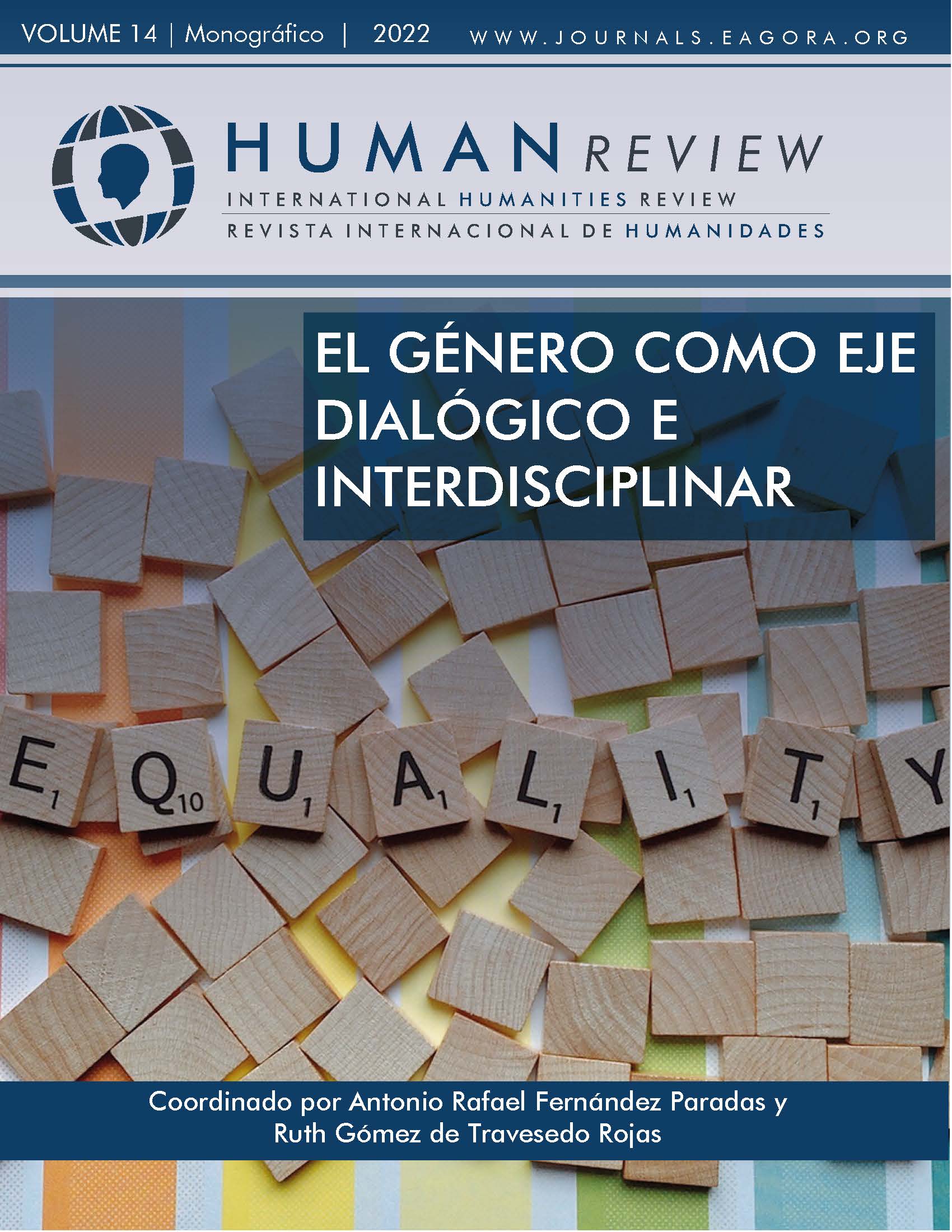How to embed gender equity approach in a european project on forced migration
The experience and challenges of a H2020 initiative
DOI:
https://doi.org/10.37467/revhuman.v11.4121Palabras clave:
Equidad de género, Migración forzosa, Personas desplazadas por la fuerza, Proyecto europeo, Atención e inclusión, Sensible al género, Transformativo de géneroResumen
El presente documento se sumerge en la realidad de un proyecto europeo de investigación e innovación sobre migración forzada, con el objetivo de explicar el desafío de incorporar el enfoque de equidad de género en el proceso. Se analiza el nivel de sensibilidad de género, así como las dificultades y beneficios de implantación de equidad en un contexto culturalmente diverso y complejo de un H2020 de tres años, enfocado en encontrar estrategias de atención e inclusión personalizadas para personas deslazadas. Se evidencia la necesidad de capacitación adicional a nivel internacional y la búsqueda de estrategias de equidad genuinamente transformadoras.
Citas
ALLEA (2017). The European Code of Conduct for Research Integrity. Allea. https://www.allea.org/wp-content/uploads/2017/05/ALLEA-European-Code-of-Conduct-for-Research-Integrity-2017.pdf
Deblonde, M. (2015). Responsible research and innovation - Building knowledge arenas for glocal sustainability research. Journal of Responsible Innovation, 2(1), 20-38. doi.org/10.1080/23299460.2014.1001235
European Commission (2020). Guidance note -Research on refugees, asylum seekers and migrants. https://ec.europa.eu/research/participants/data/ref/h2020/other/hi/guide_research-refugees-migrants_en.pdf
European Commission, Directorate-General for Research and Innovation (2011). Toolkit gender in EU-funded research. https://data.europa.eu/doi/10.2777/62947
GenderED, University of Edinburgh. (2022). Applying GSSA to Your Project: Five Steps. https://www.gender.ed.ac.uk/gender-sensitive-research/gssa-fivesteps/
Guilló C., Bueno, T., Fuentes, R., García C., N., Lara, M. & Hänninen, L. (2020). D3.2 – Working Methodology and Guidelines.
Guilló C., Bueno, T., Fuentes, R., García C., N., Lara, M. & Hänninen, L. (2020). D3.2.1 Manual for researchers: Interview guidelines.
Guilló C., Bueno, T., Fuentes, R., García C., N., Lara, M. & Hänninen, L. (2020). D3.2.2 Manual for researchers: Ethics and Gender.
Hänninen, L., Garcia Castillo, N., Fuentes Fernández, R., Bueno Doral, D, Pérez, C. & Verdejo, V. (2022). D.3.4 TAIS Methodology and Guidelines.
Jayasinghe, N., Pavez Butt, A. & Zaaroura, M. (2019). Integrating gender in research planning. Oxfam International. https://acortar.link/EGHPb7
Lebanese International University (2021). D5. 1 Catalogue of attention and inclusion practices for FDP in the EU influence area.
Owen, R., Macnaghten, P., Stilgoe, J. (2012). Responsible research and innovation - From science in society to science for society, with society. Science and Public Policy, 39(6), 751-760. doi.org/10.1093/scipol/scs093
Owen, R., Stilgoe, J., Macnaghten, P., Gorman, M., Fisher, E., & Guston, D. (2013). A framework for responsible innovation. Responsible innovation: managing the responsible emergence of science and innovation in society, 31, 27-50
RRI tools (ND). Gender equity. https://rri-tools.eu/gender-equality
World Economic Forum (2020). Gender gab report. www.weforum.org/reports/gender-gap-2020-report-100-years-pay-equality
Descargas
Publicado
Cómo citar
Número
Sección
Licencia
Aquellos autores/as que publiquen con esta revista, aceptan los términos siguientes:
- Los autores/as conservarán los derechos morales sobre la obra y cederán a la revista los derechos comerciales.
- Transcurrido 1 año desde su publicación, la versión del editor pasará a estar en acceso abierto en la web de la editorial, pero la revista mantendrá el copyright de la obra.
- En el caso de que los autores deseen asignar una licencia abierta Creative Commons (CC), podrán solicitarla escribiendo a publishing@eagora.org.








